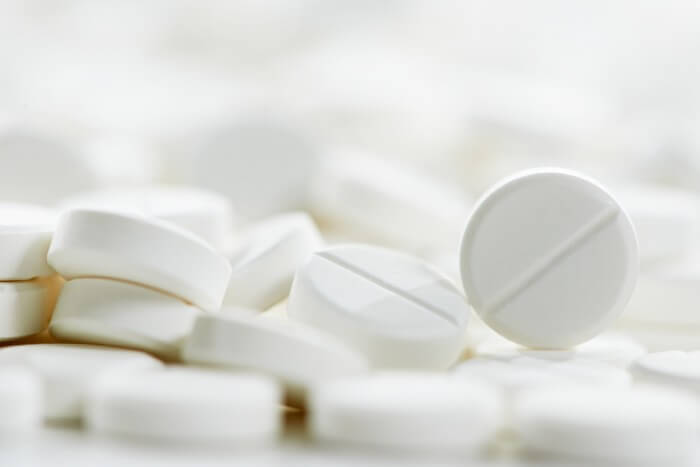Across the United States, almost 2.5 Americans have misused some form of prescription medication in order to achieve a narcotic high. With the prevalence of prescription drug use in general, the incidence of addiction is hardly surprising; in fact, more than 70 percent of doctor’s visits, hospital stays and emergency room trips result in a prescription by the attending physician. In addition, the vast majority of online pharmacies do not require prescriptions — nearly 84 percent, according to one Columbia University study. Street sale of prescription drugs has also been on the rise, with opiates and stimulants such as amphetamines becoming the most popularly and illegally sold prescription drugs.
Signs and Symptoms of Prescription Drug Addiction
Of course, the majority of prescription drug addiction starts with legitimate use. However, due to the biochemical effects of many prescription drugs — ranging from benzodiazepines such as Xanax and amphetamines such Adderall to heavier opiates such as Fentanyl or OxyContin — addiction often sets in as usage continues. To guard yourself against the transition from legitimate prescription drug use to drug dependency, familiarize yourself with the warning signs of prescription drug addiction below.
Increased Prescription Drug Usage and Tolerance
Most prescription drugs by nature create drug tolerance – that is, the drugs become less effective over time. This leads many users to increase their medication dosages to dangerous levels, escalating in use until addiction takes a complete hold. If you find that your medication is no longer working properly due to drug tolerance, speak to your physician about alternate prescriptions and allow them to closely monitor your use.

Taking Prescription Drugs for No Reason
Many effective prescription drugs also come with emotional and psychological side effects. Morphine- and codeine-based drugs, known as opiates, block pain by affecting the body and brain’s opioid receptors. However, opiate drugs also tend to affect the brain’s chemical balance, causing a release of pleasurable brain dopamine and serotonin. Though this chemical imbalance can quickly lead to drug dependency, many individuals find the spacey, euphoric side effects pleasant. As a result, subsiding pain sometimes does not lead to prescription drug cessation. When your original malady has subsided, discontinue your prescription medication.
Preoccupation with Prescription Drug Use
One of the hallmarks of any form of addiction is the mental preoccupation with next usage of a drug. If you find yourself obsessively checking to ensure you have your drugs on you, thinking about how many pills you have, planning your next use or fretting over your ability to obtain your next prescription, addiction to prescription drugs may be setting in.
Lying, Stealing or Forging to Obtain Prescription Medications
Though addiction has psychological and emotional effects, its core responses are physical. As a result, the physical cravings for a prescription drug can lead to behavior that an addicted individual otherwise would not commit. Any illegal or immoral attempt — or even consideration of such an attempt — to obtain prescription medication is often an indication of addiction taking hold.
Personality Changes and Mood Swings
Because of the way that prescription drugs can affect brain chemistry, withdrawal cravings and sleep cycles, personality changes are common as prescription drug addiction begins to set in. If you find yourself displaying signs of depression, elation, overconfidence, anxiety or engaging in angry outbursts, you may have developed a drug-induced chemical imbalance, one of the signs of physical addiction.


